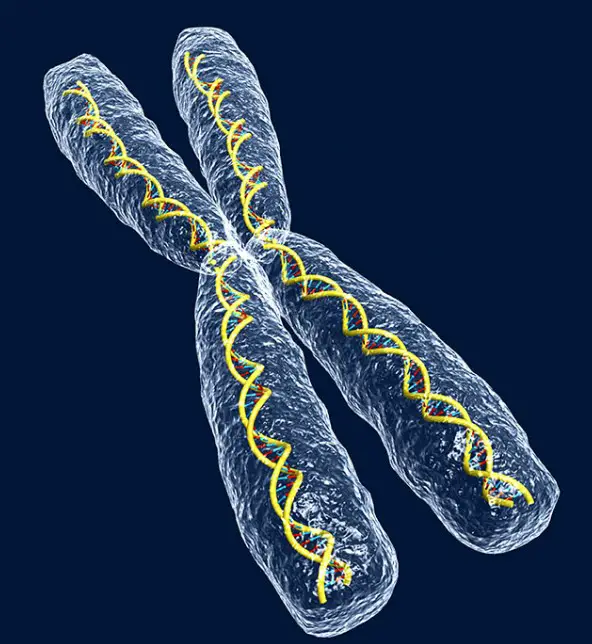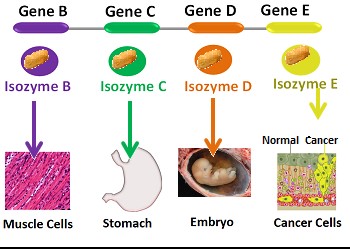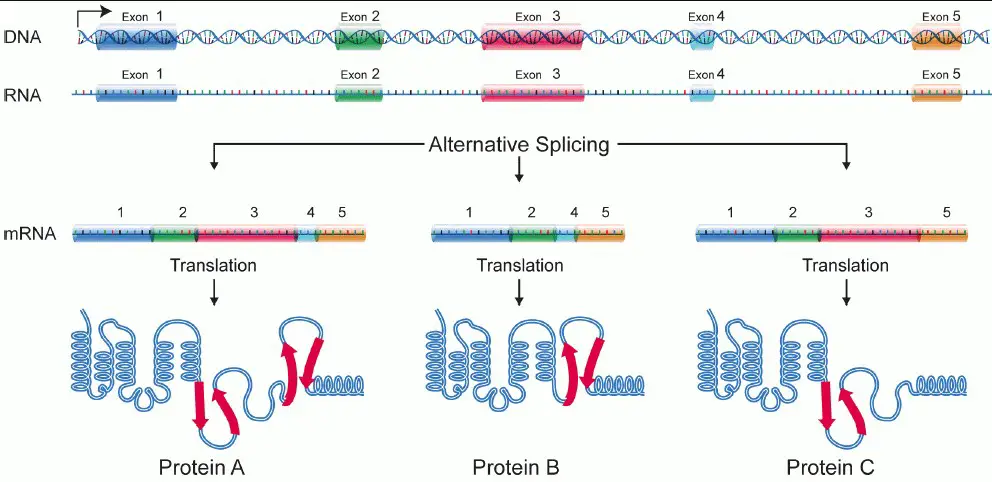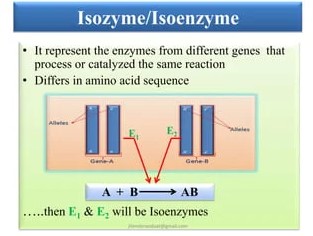Enzymes, the biological catalysts that accelerate chemical reactions in living organisms, exhibit a remarkable diversity that mirrors the complexity of life itself. Among this diversity, allozymes and isozymes stand out for their unique roles and characteristics. These enzyme variants, arising from genetic variations within a species, underscore the intricate relationship between genetics and enzymatic function, laying the groundwork for a deeper understanding of evolutionary biology and genetic adaptability.
Allozymes and isozymes are two types of enzyme variants that, despite their similarities, are defined by distinct genetic underpinnings. Isozymes are different forms of an enzyme that catalyze the same reaction but differ in their amino acid sequences due to gene duplication. Allozymes, on the other hand, result from allelic variations within the same gene, leading to slightly different enzyme forms that perform identical functions. This distinction is crucial for understanding their respective contributions to genetic diversity and organismal adaptation.
The exploration of allozymes and isozymes not only illuminates the genetic mechanisms that drive enzymatic diversity but also highlights their evolutionary significance. By examining these enzyme variants, scientists gain insights into how organisms adapt to their environments, how genetic variation contributes to physiological processes, and the potential implications for disease diagnosis and treatment. This article delves into the fundamental differences and similarities between allozymes and isozymes, shedding light on their roles within the tapestry of life.

Enzyme Basics
Enzyme Functions
Enzymes are catalysts in biological systems, essential for speeding up chemical reactions without being consumed in the process. Their roles are crucial across various biochemical reactions, including digestion, energy production, and DNA replication. Enzymes work by lowering the activation energy needed for a reaction to occur, thus facilitating the transformation of substrates into products efficiently. This unique ability makes enzymes indispensable in sustaining life, regulating metabolism, and maintaining cellular health.
Genetic Variation
Genetic differences play a pivotal role in determining enzyme structure. The sequence of nucleotides in DNA dictates the amino acid structure of an enzyme, influencing its shape and thus its function. Mutations or variations in the genetic code can lead to changes in these sequences, potentially altering the enzyme’s effectiveness or leading to the creation of entirely new enzymatic activities. This genetic variation is the foundation of evolutionary adaptation, allowing organisms to develop novel ways to survive and thrive in changing environments.
What Are Isozymes?
Definition and Characteristics
Isozymes, also known as isozymes, are different versions of an enzyme that catalyze the same chemical reaction but differ in their amino acid sequences. These variations often arise from gene duplication, where multiple copies of a gene evolve to perform the same function in slightly different ways. Isozymes can be identified based on their physical properties, such as charge or size, and their different kinetic characteristics. This diversity allows for the fine-tuning of metabolic processes, enabling organisms to respond adaptively to various internal and external stimuli.
Biological Roles
The physiological importance of isozymes lies in their ability to regulate and adapt metabolic pathways to meet the specific needs of different tissues, developmental stages, or environmental conditions. For example:
- Hexokinase isozymes in humans facilitate glucose metabolism by acting in different tissues with varying affinity for glucose, optimizing energy production across the body.
- Lactate dehydrogenase isozymes play a critical role in anaerobic glycolysis, with specific types predominating in muscle tissues versus heart tissues, reflecting their different metabolic demands.
Isozymes exemplify the organism’s capability to fine-tune its biochemistry for optimal functioning across a wide range of conditions.
What Are Allozymes?
Definition and Characteristics
Allozymes are variants of the same enzyme that result from allelic differences within a single gene. Unlike isozymes, which may have significant amino acid sequence variations due to gene duplication, allozymes are typically more closely related. These slight variations can affect the enzyme’s activity, stability, or interaction with other molecules, although they catalyze the same reaction. The existence of allozymes reflects the genetic diversity within populations, providing a rich source of information for studies on genetic variation and evolution.
Biological Significance
Allozymes contribute significantly to genetic diversity and adaptation by offering a spectrum of enzymatic activities that can enhance survival under various environmental pressures. For instance:
- Allozymes can indicate population genetic health by reflecting the levels of heterozygosity, which often correlates with a population’s ability to adapt to changing environments.
- They play a role in local adaptation by allowing populations to optimize metabolic reactions to specific environmental conditions, such as temperature or availability of nutrients.
The study of allozymes thus provides insights into the dynamics of genetic diversity, evolutionary processes, and the mechanisms underlying adaptation and speciation.

Isozymes vs. Allozymes
Genetic Basis
The genetic origins of isozymes and allozymes are rooted in the mechanisms that generate variation within an organism’s genome. Isozymes arise from gene duplication, a process where a gene is copied in the genome. This duplication allows for genetic divergence over time, with each copy potentially evolving new functions or expression patterns, while still catalyzing the same type of biochemical reactions. In contrast, allozymes are produced by allelic variation within a single gene. Each allele represents a different version of the gene, leading to slight variations in the enzyme’s amino acid sequence and, consequently, its properties and activity.
Structural Differences
Structurally, isozymes and allozymes exhibit distinct differences due to their genetic origins. Isozymes may share a common catalytic mechanism but can have varied tertiary structures or subunit compositions, reflecting their different evolutionary paths and expression contexts. These differences can affect the enzyme’s stability, affinity for substrates, or regulatory mechanisms. Allozymes, being variations of the same enzyme, typically have more subtle structural differences. These can still significantly impact the enzyme’s function, such as altering its kinetic parameters or interaction with other molecules in the cell.
Functional Implications
The variations between isozymes and allozymes have profound functional implications. Isozymes enable organisms to fine-tune metabolic pathways across different tissues or developmental stages, enhancing adaptability and efficiency. For example, different isozymes of the enzyme phosphofructokinase are expressed in muscles and liver cells, allowing these tissues to regulate glycolysis according to their specific energy needs. Allozymes contribute to population diversity by providing a range of enzymatic activities that can be selectively advantageous under varying environmental conditions. This diversity within a species can be crucial for survival and reproduction in changing habitats.
Ecological and Evolutionary Importance
Role in Adaptation
Both isozymes and allozymes play pivotal roles in the adaptation of species to their environments. Isozymes allow for localized optimization of metabolic functions, which can be crucial in environments where conditions vary spatially or temporally. Allozymes, on the other hand, introduce genetic variability that can be acted upon by natural selection, facilitating adaptation to environmental pressures. This genetic and functional diversity is a key driver of evolutionary processes, enabling organisms to explore new ecological niches and adapt to changes in their surroundings.
Impact on Biodiversity
The presence of isozymes and allozymes contributes significantly to genetic and biochemical diversity within and among species, influencing biodiversity at multiple levels. By providing mechanisms for metabolic flexibility and adaptability, these enzyme variants support the emergence and maintenance of diverse life forms and ecological relationships. They play a crucial role in the speciation process, where populations diverge genetically to form new species, enriching the tapestry of life on Earth.
Applications in Research and Medicine
Genetic Studies
In the realm of genetic and evolutionary research, isozymes and allozymes serve as valuable tools for investigating the genetic structure of populations, tracking evolutionary changes, and studying gene function. Their variations can be used as molecular markers to assess genetic diversity, population dynamics, and evolutionary relationships among species. These insights are crucial for conserving genetic resources, understanding evolutionary mechanisms, and predicting how organisms might respond to environmental changes.
Medical Diagnostics
Isozymes and allozymes have significant applications in medical diagnostics. Variations in isozyme expression patterns can indicate specific disease states, such as cancer, where certain isozymes may be overexpressed. Allozyme variations, due to their genetic basis, can help identify genetic predispositions to diseases or metabolic conditions. For instance, differences in allozymes of the enzyme glucose-6-phosphate dehydrogenase can lead to varied susceptibility to hemolytic anemia, influenced by certain drugs or foods. These enzyme variants thus provide critical insights into the molecular basis of diseases, aiding in diagnosis, prognosis, and the development of targeted therapies.

Frequently Asked Questions
What are isozymes?
Isozymes are enzyme variants that catalyze the same biochemical reaction but differ in their amino acid sequences, often due to gene duplication. These variants allow for fine-tuned regulation of metabolic pathways in different tissues or developmental stages, providing organisms with a flexible mechanism to adapt to various environmental conditions.
How do allozymes differ from isozymes?
Allozymes are enzyme variants that arise from allelic variations within a single gene, leading to proteins with slight differences in their amino acid composition. Unlike isozymes, which result from gene duplication and can have significant sequence differences, allozymes are more closely related and usually maintain the same catalytic function in slightly different forms.
Why are isozymes and allozymes important in genetics?
Isozymes and allozymes play crucial roles in genetics by contributing to the understanding of genetic diversity and adaptation. They serve as molecular markers for studying genetic drift, gene flow, and population structure. Moreover, their variations can influence the fitness of organisms, providing valuable insights into evolutionary processes and the genetic basis of diseases.
Can isozymes and allozymes influence disease diagnosis?
Yes, isozymes and allozymes can significantly influence disease diagnosis. Variations in these enzyme forms can be linked to specific genetic disorders or conditions. For example, certain isozyme patterns are characteristic of particular cancers, making them useful as diagnostic markers. Similarly, allozyme variations can indicate susceptibility to genetic diseases, aiding in early diagnosis and treatment strategies.
Conclusion
The exploration of allozymes and isozymes offers a window into the molecular diversity that underpins life’s complexity. By distinguishing between these two forms of enzyme variants, scientists and researchers unravel the genetic threads that contribute to physiological diversity, adaptation, and evolution. This understanding not only enriches our knowledge of biology but also opens avenues for innovative approaches to medical diagnostics and treatments.
As the study of allozymes and isozymes continues to evolve, it promises to shed further light on the intricate relationship between genes, enzymes, and life itself. The insights gained from this research have profound implications for our understanding of genetic diseases, evolutionary biology, and the development of targeted therapies, marking another step forward in the quest to decipher the secrets of the living world.

